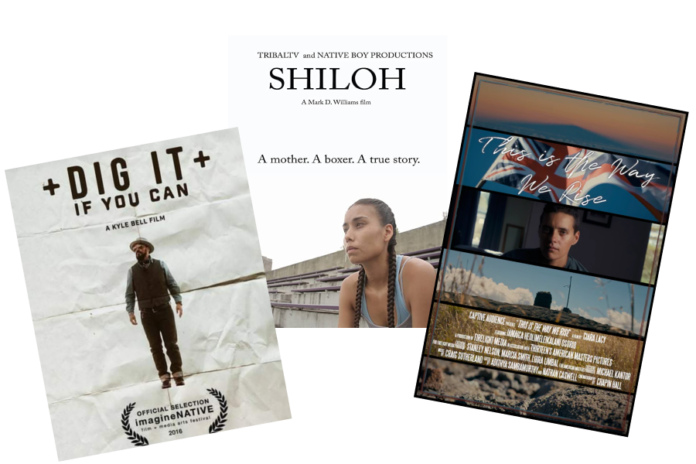Three short stories to immerse yourself in Indigenous art and media
By ADHITHI ANJALI — arts@theaggie.org
While we are all excited to relax over another long weekend this Thanksgiving, hopefully stuffed after a well-made dinner with family and friends, we should also take this time to engage with Native American-produced media.
During this year’s Native American Heritage Month, take some time to look into how various independent Indigenous artists have continued to express themselves and their culture through film. From the Arts and Culture desk, here are three short documentaries that center Indigenous people and cultures.
“Dig It If You Can” dir. by Kyle Bell (2018)
Bell, who is from the Thlopthlocco Creek Tribal Town and is currently based in Tulsa, Oklahoma, documents the work and life of Kiowa-Choctaw artist Steven Paul Judd. Judd explores what images of popular culture in the vein of pop art can communicate about Native American politics and culture. In the documentary, Judd shows his mural, “War Paints,” painted in an alley in Los Angeles, and explains that it is a rebranding of the traditional concepts of war paint. In an interview with the Princeton University Art Museum, Judd refers to art as the “‘modern warriors’ war paint.” For him, his war paint is whatever medium he uses to further a social cause. This also manifests in his use of photoshop and film to deconstruct colonialist caricatures of Indigenous peoples. He wants to create the art that he would have found engaging as a child and for people to see his Indigenous perspective as the forefront of his work. Bell’s film is available for free through Vimeo with a run-time under 20 minutes, making this a great watch when you need a creative boost to get you through your next project.
“Shiloh” dir. by Mark D. Williams (2016)
“Shiloh” follows Diné and Lakota Sioux boxer Shiloh “Shy” LeBeau as he prepares for the 2016 Ringside World Championship. Williams shows us LeBeau’s personal life, showing her life as a collegiate athlete and a mother and following her from practice to home to work. LeBeau speaks about how she proves her dedication to herself and to others through her sport. Her strength, as she explains, comes from her family. “Shiloh” delves into the tension between Lebeau’s passion and pull to her family, and the integral role both parts of her life play in her success. This short film has a run time of 31 minutes and is currently available to rent or buy on Amazon Prime.
“This is the Way We Rise” dir. by Ciara Lacy (2020)
Jamaica Heolimeleikalani Osorio, a Kanaka Maoli Wahine poet from Hawai’i, plays with Hawaiian and English to represent Hawaiian art under colonialism. Osorio worries about Hawaii’s “pilina,” or state and sense of connectedness, and how it is threatened by land developers acting without the consent of the native population. Osorio works at the University of Hawaiʻi at Mānoa as an assistant professor of Indigenous and Native Hawaiian politics, and her work as a poet focuses on the history of oppression toward Native Hawaiians and their resistance. Osorio shares that poetry became the way she funnels her voice effectively and brought her to speak at the White House Poetry Jam in 2009. The film is framed around Osorio’s journey back to poetry as a form of resistance against the development of Mauna Kea. For a story of art and activism becoming two sides of the same language, consider Lacy’s film. “This is the Way We Rise” is available for free on PBS and is the shortest of the three films at under 13 minutes.
Written by: Adhithi Anjali — arts@theaggie.org





